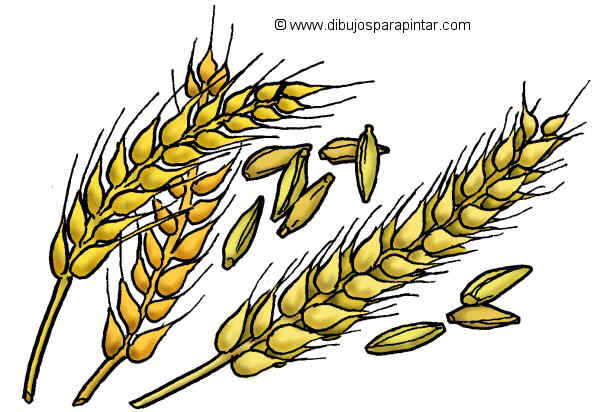Contents
Medicinal properties of Tanacetum parthenium
Medicinal uses of feverfew
 Feverfew is traditionally used in a similar way to chamomile. Especially, feverfew is considered stomachical and emmenagogue, in addition to having anti-inflammatory, antispasmodic, mild laxative and bitter tonic, carminative, sedative, stimulant, vasodilator and vermifuge effects.
Feverfew is traditionally used in a similar way to chamomile. Especially, feverfew is considered stomachical and emmenagogue, in addition to having anti-inflammatory, antispasmodic, mild laxative and bitter tonic, carminative, sedative, stimulant, vasodilator and vermifuge effects.
Traditionally, it has also been a plant used for vertigo.
Feverfew for migraine
Its effects against migraine are also being studied. One study found that ingesting a few fresh feverfew leaves for three months reduced the frequency and intensity of migraines.
The same study was continued in a double-blind manner with feverfew supplements (50 mg/day), which was shown to be equally effective. Many studies have been carried out in this regard, and it seems that all of them conclude in the beneficial properties of feverfew for migraine.
Other uses of feverfew
Feverfew may also be effective in treating people with rheumatoid arthritis due to its anti-inflammatory properties.
Scientific studies have shown that it has properties as a natural contraceptive.
Contraindications of feverfew
This plant is contraindicated in pregnancy. It should also not be administered to babies or young children.
How to take feverfew or featherfew
- Infusion: the flower heads can be used in infusions or tisanes.
Other uses of feverfew or featherfew
- Food: Feverfew is generally not used in food. Its young leaves in early spring can be mixed into salads.
- Insecticide: The flower buds have a scent that is a natural insect repellent.
| Botanical classification | |
| Kingdom | Plantae |
| Subkingdom | Tracheobionta Vascular plants |
| Superdivision | Spermatophyta Seed plants |
| Division | Magnoliophyta Flowering plants |
| Class | Magnoliopsida Dicotyledons |
| Subclass | Asteridae |
| Order | Asterales |
| Family | Asteraceae or Compositae |
| Subfamily | Asteroideae |
| Tribe | Anthemideae |
| Subtribe | Glebionidinae |
| Genus | Tanacetum |
| Species | T. parthenium |
![]() More information on feverfew and chamomile
More information on feverfew and chamomile








